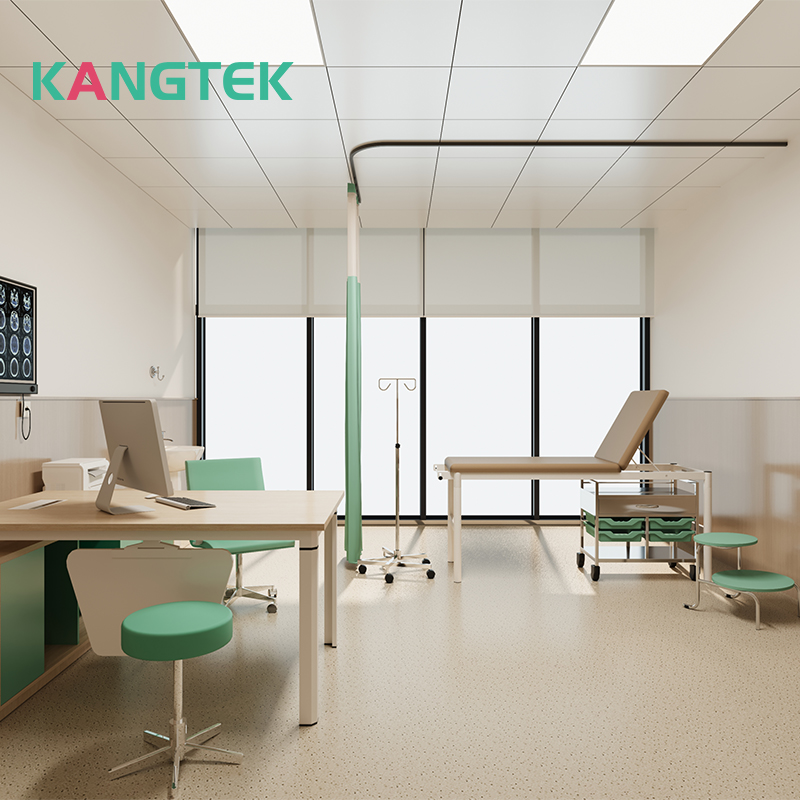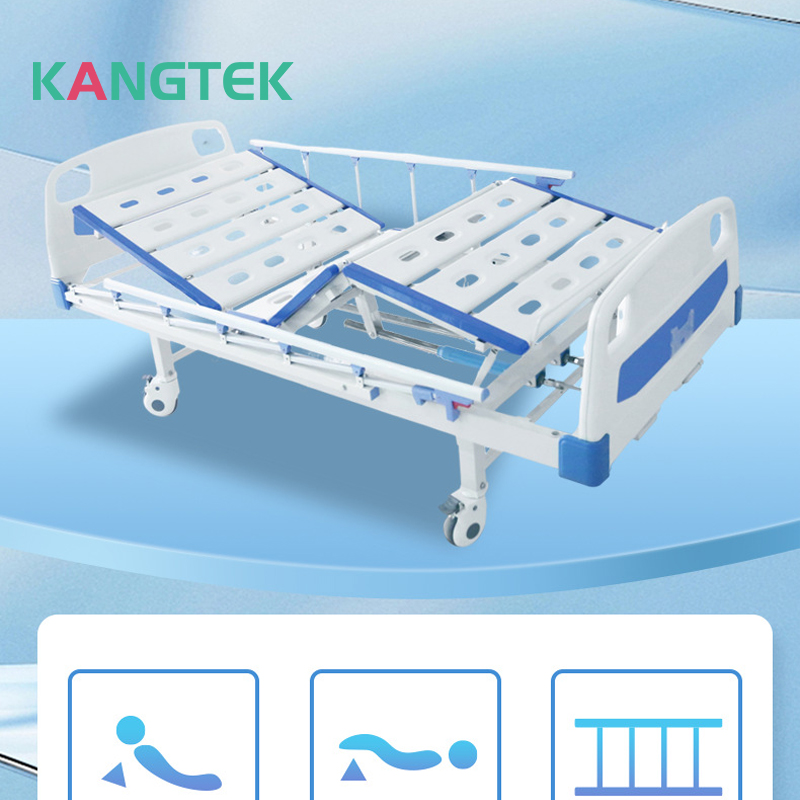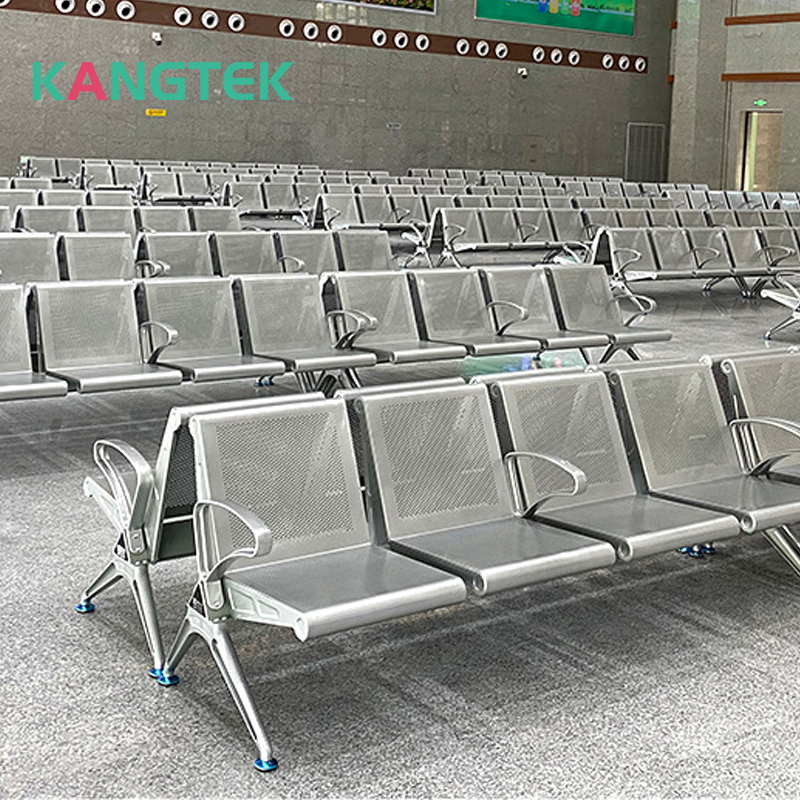Proper use and maintenance of medical furniture are vital for ensuring patient comfort, enhancing clinical efficiency, and maintaining safety in healthcare settings.
Compliance with Standards: In the Europe and America States, medical furniture use is governed by standards set by organizations such as the Occupational Safety and Health Administration (OSHA) and the American National Standards Institute (ANSI). These standards ensure that furniture supports ergonomic principles and meets safety requirements.

Healthcare Staff Training: Proper training programs for healthcare staff are essential in Europe and America Training focuses on ergonomic principles, the use of motorized and manual adjustment features, and customizing furniture settings for individual patient needs. These programs ensure that healthcare providers can make necessary adjustments to enhance patient care and comfort.
Regular Inspections: Europe and America guidelines recommend frequent inspections and maintenance of medical furniture. This includes checking for functionality, addressing any wear and tear, and ensuring that all safety features are intact. Proper maintenance helps extend the lifespan of the furniture and ensures continuous safe operation.

1. Height Adjustability: Both European and American guidelines emphasize the importance of height-adjustable beds and chairs. Proper height adjustment is crucial for safe patient transfers and reducing caregiver injuries.
2. Tilting and Reclining Features: Adjustable backrests, leg supports, and tilting mechanisms help enhance patient comfort and accessibility during medical procedures and long-term care.
3. Customizable Support: Medical furniture should offer customizable support settings to cater to specific patient needs, including those with mobility issues or chronic conditions.
4. Routine Maintenance: Regular maintenance checks and prompt repairs are essential to ensure the safety and functionality of medical furniture. Dedicated maintenance teams should handle these tasks in both regions.
5. Ergonomic Design: Furniture should be designed with ergonomic principles to support the natural postures of patients and caregivers, minimizing strain and discomfort.
6. Safety Protocols: Implementing and following safety protocols is crucial. This includes ensuring that all electrical components are safe, that furniture is stable and secure, and that any potential hazards are addressed promptly.

The correct use of medical furniture in European and American healthcare facilities is paramount for ensuring patient safety, comfort, and effective care. By adhering to ergonomic principles, conducting regular training and maintenance, and following established guidelines, healthcare providers can create environments that support optimal patient outcomes and caregiver well-being.

